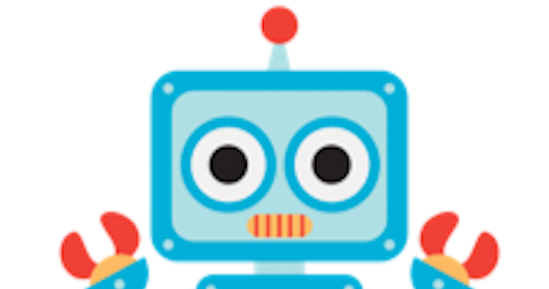
“Chatbot” is the next big buzzword in design — and our industry is seeing a lot of interest from companies in exploring that space. — Uxdesign.cc
Among other conversational Interfaces in consideration by businesses, the reason for rising popularity of chatbots is that chatbots are easy-to-use and they seem quite promising in improving customers’ experience. The improvement in Customer Experience is especially effective when Customer assistance is required because Customers can receive assistance on-demand and instantly via the chatbots. Another reason is that the types of chatbots are spread across a plethora of industries and purposes. There are chatbots for weather forecast, transportation, ecommerce, etc.
We did Design of a banking chatbot that helps people to achieve their financial goals by setting up monthly budgets, saving goals and tracking their expenses. The project itself is rather broad and it covers other aspects of UX/UI design namely, the UX research and Design process. To keep focus, here I would only be showing how I went about designing the fluid conversational script.
Like all design projects, I started off by determining the objectives of the chatbot and what I want it to be able to do for the users. Based on the objectives, I start to design the dialogue flow between the chatbot and the users, which is one of the standard ways to create a dialogue. I drew out all the types of dialogue modules from the chatbot, the types of responses from the users, and how the dialogue will flow within the chatbot. I was able to test the dialogue flow with the potential Users and make multiple quick iterations.
The next step was to write the conversation script, which consist of what are the output from the chatbot and what the users can input. This is the most crucial step because the conversation must be as natural as possible and it must be able to cover all possible narratives that the users feed into the chatbot. If the chatbot is not able to fulfil these two criteria, it will join the ranks of the other failed chatbots. Hence, I tested my script via Wizard of Oz with 8 test participants. It is a technique to test an unimplemented technology/software by using human to simulate the response of the system. This means I will play the role of a chatbot and have the users to interact with the ‘chatbot’ (me) through a messenger.
The final step of the project was to present the design to the stakeholders. There are various methods to do so. You can either use botsociety.io to create a chatbot where the stakeholders can interact with, or you can use Keynote, or other prototyping tools, to create an animate version of the chatbot.
Tips based on my experience with Chatbots
Don’t forget to design the personality of the chatbot
Giving the chatbot a personality will make the interaction less like commanding a robot, and more like having a conversation with a live person. This may result in a more authentic connection between the company and the customers. Hence, the designer must not only design what the chatbot say, but also the manner in which it will be said. One good example of a chatbot with an interesting personality is Bus Uncle, whom adopted a Singaporean identity and uses Singlish (Singaporean’s English slang) when replying to users.
Create an option that allows human assistance to step in
Despite chatbots have the capabilities to do the job of the customer service, chatbots will not completely replace human. There may be situations where the chatbot could not understand the customers or the needs of the customers cannot be satisfied by the chatbot. Hence, there should be an option within the chatbot that will allow the customer service officer to step in to assist the customers. The option can come in the form where customers request for the customer service officer, or the chatbot is able to anticipant the need for the customer service officer to interfere.
Use Choice based questions, rather than open-ended questions
When the chatbot requires the users to input answers, the designer should opt for a choice based questions and minimise the need for open-ended questions.
Example:
Open-ended Questions — How can I help you?
Choice based Questions — What size of the T-shirt do you want? XS, S, M, L
This is because open-ended questions allow users to potentially input something the chatbot does not understand. The users may have to try different inputs, just to guess what the chatbot may understand. (Refers to the image below.) This can be frustrating for the users. Choice based questions, on the other hand, will eliminate these problems.
Here are more information and guide on designing a chatbot.
· The Complete Beginner’s Guide To Chatbots